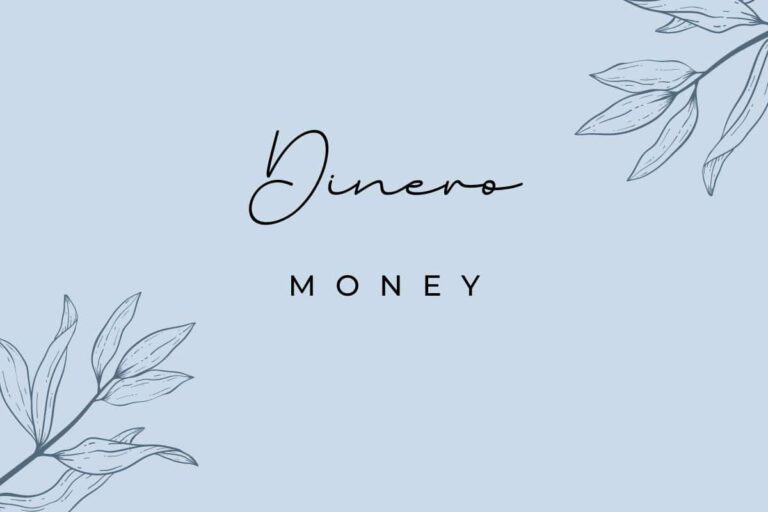7 Cheerful Ways to Say Good Morning in Italian!
When you’re using Italian on a day-to-day basis, greeting people comes up a lot. The very first step in starting a conversation is getting the greetings down.
There are several different ways to say good morning in Italian, and it can be a bit overwhelming at first. We’re here to help!
Let’s learn how to say good morning in Italian, and use fun slang expressions and some other formal and informal Italian greetings. Ready?
Good Morning in Italian at a Glance
Contents
All the Ways to Say Good Morning in Italian

The General Good Morning in Italian: Buongiorno
The basic way to say good morning in Italian is the traditional buongiorno , with buon meaning good and giorno meaning day.
Much like the English “good morning,” buongiorno is kind of a catch-all greeting to use in almost any situation. It’s generally used from early in the morning to lunchtime.
You can use buongiorno to say hello when walking into a store, to greet your team and colleagues in the morning, to start a conversation with a neighbor over the garden fence, or when standing in the grocery checkout line.
Note: Buon pomeriggio, good afternoon, technically should be used from noon to around 5 pm, but most Italians usually skip it, and just stick with buongiorno. As evening approaches, you should switch to buonasera, good evening, which is generally used after 5 pm.
Casual Ways to Say Good Morning in Italian
Here are a few more colloquial ways to say good morning in Italian.
Giorno – Morning
Sometimes you can also hear the shortened form giorno . This greeting, short for buongiorno, is commonly used when casually greeting people you know well, especially when you are just passing by them with no time to stop and talk.
Some examples will make it clearer:
Italian
- Giorno, Emanuele.
- Giorno, Bianca.
English
- Morning, Emanuele.
- Morning, Bianca.
Buondì – Good morning
Buondì has the exact same meaning as buongiorno, with buon meaning “good” and dì meaning “day.” This neutral greeting is an abbreviation of buongiorno.
Formal Ways to Say Good Morning in Italian
When greeting someone, it’s crucial to use the appropriate level of formality for each situation.
As mentioned previously, buongiorno is a great catch-all greeting that you can use in both professional/formal and informal contexts, as well as in both writing and face-to-face conversations. Buongiorno is appropriate to use anytime.
To signal respect and formality, you just need to include the other person’s title and last name. Have a look at these examples to get an idea of how it works:
Italian
- Buongiorno, signor Corticelli.
- Buongiorno, signora Arrigoni.
- Buongiorno, signore.
- Buongiorno, signora.
English
- Good morning, Mr. Corticelli.
- Good morning, Mrs. Arrigoni.
- Good morning, Sir
- Good morning, Madam.
When you are greeting a group of people, for example at a business meeting, conference or networking event, you can say something like:
Italian
- Buongiorno signore e signori, si accomodino.
- Buongiorno a tutti.
English
- Good morning, ladies and gentlemen. Please have a seat.
- Good morning, everyone.
Slang Ways to Say Good Morning in Italian
Slang expressions are used within restricted groups of people, such as teenagers. Even if you don’t happen to use them, knowing a couple of slang expressions to say good morning in Italian will help you fully understand what’s being said around you and in Italian movies and TV shows.
Bella! – Hey!
Literally meaning “beautiful,” bella is an extremely informal greeting that should only be used among very close friends. It comes from the late eighties/early nineties hip hop slang, and it’s the shortened form of bella storia, literally “beautiful story,” a phrase used to express excitement and overall happiness.
This is definitely not an expression to be used in a business setting or with parents, relatives, teachers, and anyone outside of your group of buddies. Here are some ways bella can be used.
Italian
- Bella, frà
- Bella, sorè
English
- Hey, bro
- Hey, sis
Cià – Ciao
As you may have already guessed, cià is the shortened form of ciao. It is very informal and should only be used with close friends and is generally used among younger people.
General Greeting in Italian
Salve – Hello
A relic from Latin, salve is a neutral way to say good morning in Italian, which can be used at any time of the day, not only before lunchtime. It is a little more formal than the other expressions. It is appropriate to use with strangers, and people older than you.
Ciao – Hi
You may already know this one! Ciao is the equivalent of “hi” or “hello” in English. It’s an informal greeting, so use it with:
- friends
- family members
- long-time work colleagues you see every day
- neighbors you know well
- peers your age
- children
- people you can be casual with
If you say “ciao” to a stranger or people older than you, it may throw them off as it is usually used with people you are very familiar with.
Italian
- Ciao, Caterina. Ti trovo in gran forma!
- Ciao, mamma. Com’è andata la giornata?
English
- Hi, Caterina. You look great!
- Hi, mom. How was your day?
How to Respond to Good Morning in Italian
When responding to good morning in Italian, it’s perfectly acceptable to simply reply back with one of the greetings above (with the appropriate formally level of course). But if you want to respond in a more conversational manner, these are some expressions you can use. Let’s take a look!
Che piacere vederti! – Good to see you!
Che piacere vederti is an expression to use with friends, family members, relatives, and close coworkers that you haven’t seen in a while. It means “Good to see you!” You can also say che bello vederti, which corresponds pretty neatly to the English expression “it’s great to see you!”
Italian
Buongiorno, Francesca. Che piacere vederti!
English
Good morning, Francesca. It’s good to see you!
Quanto tempo! – Long time, no see
Quanto tempo which means “long time no see”, is a great expression to use when it’s been a while since you last saw them, particularly if you meet them unexpectedly.
Quanto tempo is a great expression to use to start a little small talk.
Come va? Tutto bene? – How’s it going? You alright?
Come va? and tutto bene? are casual, informal ways of asking “how are you?” in Italian, which is typically used when casually greeting people you’ve met before. It’s a nice way to open up a rapport if you’d like to move beyond simply saying hello.
That’s all for today!
Great work making it through this article! How was it? Pretty cool, right? With this handy list, you’ll know exactly what to say in any situation.
Study and practice the vocab we’ve covered in this article, and you’ll be able to say good morning and start a conversation in Italian like a native speaker in no time, anywhere, with anyone.
If you come up with other examples, write them down in the comments section!






